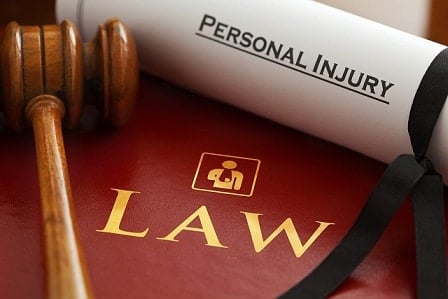Personal injuries can have long-term effects on an individual’s life. They can result in lost wages, medical bills, and a decreased quality of life.
Someone might be eligible for compensation if they suffer harm due to someone else’s carelessness. People typically obtain compensation for their injuries through personal injury settlements. These settlements can cover medical expenses, lost wages, pain and suffering, and other damages related to the injury. Let’s discuss how personal injury settlements are calculated.
Liability and Damages
The first step in calculating a personal injury settlement is to determine liability. Liability refers to who is at fault for the injury. In most cases, the party responsible for the damage will be the one who pays the settlement. However, liability can be shared between multiple parties. In these cases, each party will pay a portion of the settlement.
Once liability is determined, the next step is to assess damages. Damages refer to the losses that the injured party has suffered. This can include lost wages, medical expenses, and suffering and pain. In some cases, damages can be challenging to quantify. For example, pain and suffering can be subjective, and difficult to assign a dollar value.
Factors Affecting Settlement Amount
The severity of the injury is one of the most critical factors—generally, the more severe the damage, the higher the settlement amount. For example, a broken arm will result in a smaller settlement than a spinal cord injury.
The amount of medical expenses is another crucial factor. The settlement amount should cover all medical costs related to the injury. This can include hospital bills, doctor’s visits, and physical therapy.
Lost wages are another factor that can affect the settlement amount. If the injured party could not work due to the injury, they may be entitled to compensation for lost wages.
The impact of the injury on the injured party’s life is also considered. If the damage has decreased the quality of life, the settlement amount may be higher. This can include the inability to participate in hobbies or sports or the need for ongoing medical treatment.
Negotiating a Settlement
Once liability and damages have been assessed, the next step is to negotiate a settlement. This is typically done between the injured party’s attorney and the responsible party’s insurance company. The goal of the negotiation is to reach a fair settlement amount for both parties.
Both parties will present evidence to support their position during the negotiation process. The injured party’s attorney will use this evidence to argue for a higher settlement amount, while the insurance company will argue for a lower settlement amount.
In some cases, the negotiation process may not result in a settlement. If the parties cannot agree, the case may go to trial. This is a lengthy and expensive process, so settling is generally in both parties best interests.
Hiring an Attorney
If you have been injured and are considering a personal injury settlement, it is vital to contact an attorney as soon as possible. An attorney can help you navigate the legal system and protect your rights. One such firm that specializes in personal injury cases is Dolman Law Group. You can learn more about their services by visiting their website at www.dolmanlaw.com.
Conclusion
Personal injury settlements are a complex process that requires the assessment of liability and damages, negotiation skills, and legal expertise. The settlement amount depends on several factors, such as the severity of the injury, medical expenses, lost wages, and the impact on the injured party’s life. Hiring an experienced attorney is crucial to ensure the injured party receives fair compensation for their injuries. If you have been injured due to someone else’s negligence, it is essential to contact an attorney as soon as possible to protect your rights and get the compensation you deserve.





